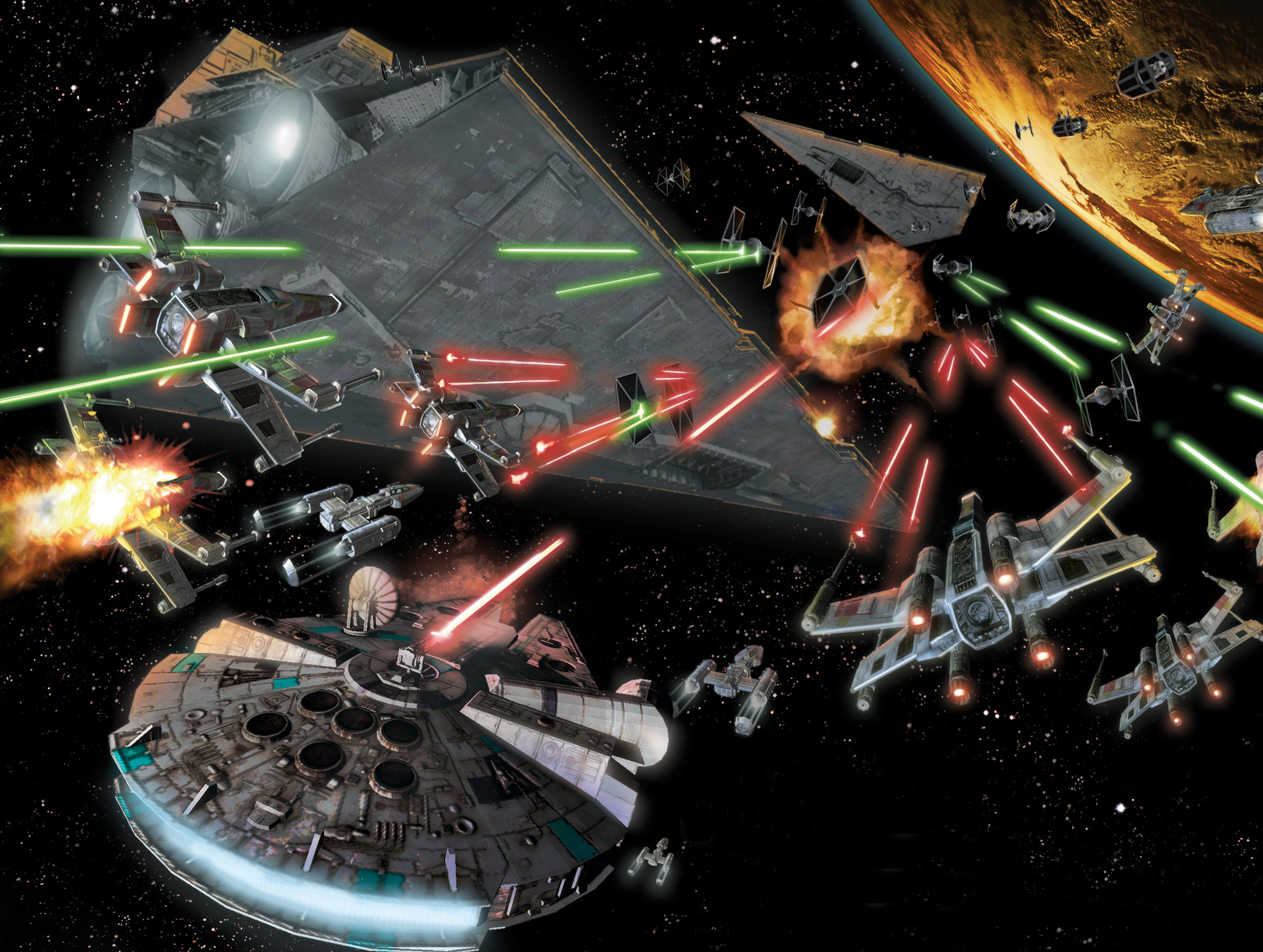


Rather than using an explosive warhead, railguns rely on high-velocity impacts to cause damage. The other key weapons used in ‘CQB’ are the railguns. These are weapons that use electromagnetic forces to launch high-velocity projectiles. Missiles are typically used for long-range engagements, as they can change course according to the target’s position. Additionally, given the lack of gravitational effects and absence of atmosphere, any blast from a close-range missile in space would result in an ever-expanding debris field that could cripple both ships.
SPACE FIGHTERS AND SPACE WARFARE FREE
This mimics missiles launched from fighter jets, which are dropped prior to activation, to prevent aircraft spin. This concept is even more important in space, as an environment free of any atmospheric drag means that any type of propulsion will alter a ship’s trajectory. All of the missiles are passively ejected from their respective ships before the missiles’ drives ignite. When the stealth ships are closing with Donnager, they launch a volley of missiles. Instead of lasers and ‘deadly’ bolts of light, every weapon is based on conventional technology, well within the scope of contemporary science. It is telling that The Expanse does not rely on energy weapons. “Who would be insane enough to take on the Donnager in CQB?” Alex Kamal, ‘CQB’ – S1, Ep4 As soon as Donnager detected their presence, the unidentified spacecraft jammed all communications, thus preventing the Donnager from calling for help. The unidentified craft then separated into six stealth ships and commenced their attack. The actions throughout the engagement were logical and made tactical sense. The episode ‘CQB’ – S1, Ep4 – (which stands for Close Quarter Battle) portrayed one of the most realistic space battles in science fiction. The survivors of the ice hauler Canterbury had been rescued by the Mars Congressional Republic Navy (MCRN) battleship Donnager, as an unidentified spacecraft approached. This was exemplified in the second episode (‘The Big Empty’ – S1, Ep2), where water spiraled due to the Coriolis effect from the space station’s artificial gravity, generated by rotation. Although the effect was only shown briefly, it demonstrated that life in space is radically different from living in gravity. Thanks in part to the steady guidance of executive producer Naren Shankar (who has a PhD in applied physics and electrical engineering), The Expanse quickly earned respect for its realistic portrayal of life in space. This is partly due to the popularity of Star Wars, where X-Wings gracefully soar through space. Whilst there have been notable exceptions, most spacecraft in science fiction appear to operate like aircraft. Space combat has always been tenuously portrayed in science fiction often as if the ships were operating in atmosphere. “Whoever they are, and whatever they’ve come to do, it’s just become a suicide mission.” Captain Theresa Yao, ‘CQB’ – S1, Ep4

By becoming a member of The Companion, you’re supporting original writing and podcasting, for sci-fi fans, by sci-fi fans, and totally free of advertising and clickbait.


 0 kommentar(er)
0 kommentar(er)
